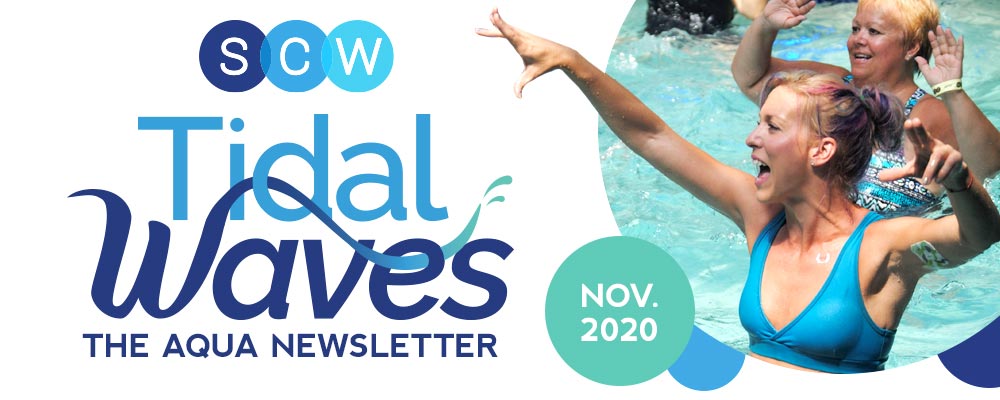
Tidal Waves
November, 2020
The Aqua Newsletter from SCW
Things to Remember as You Deal with Those Quarantine Pounds | Get Stronger in the Pool | Reaching Your Fitness Goals | What is “The Core”? | Cranberry Pumpkin Energy Balls
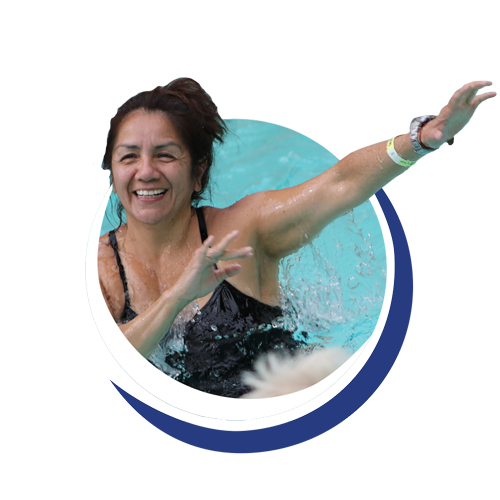
Things to Remember as You Deal with Those Quarantine Pounds
by Gabriel Patel
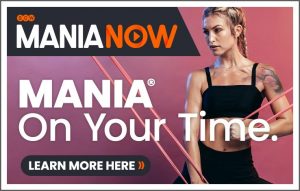 The coronavirus pandemic has, thus far, brought a wealth of problems to the world at large, as well as on a more personal level. No doubt, you’ve had your own struggles during the lockdown, but may even be continuing to face personal hardships as restrictions are gradually lifted. Among the most likely ones that you’re facing could be dreaded weight gain, especially if you were stuck in isolation for some time. And the fact is, this is something you don’t want to turn a blind eye on as it could be potentially detrimental to your health, which can become an even larger concern as COVID-19 continues to threaten the world.
The coronavirus pandemic has, thus far, brought a wealth of problems to the world at large, as well as on a more personal level. No doubt, you’ve had your own struggles during the lockdown, but may even be continuing to face personal hardships as restrictions are gradually lifted. Among the most likely ones that you’re facing could be dreaded weight gain, especially if you were stuck in isolation for some time. And the fact is, this is something you don’t want to turn a blind eye on as it could be potentially detrimental to your health, which can become an even larger concern as COVID-19 continues to threaten the world.
Needless to say, you need to take control of your weight and, more importantly, your health—not just to better fend off diseases like the coronavirus, but also to help you feel good enough to be in a healthy headspace amidst the stress of the pandemic. Here are some things you need to remember as you take action.
Getting started is the hardest thing to do.
The formula for losing weight is fairly basic and well-known, so the ‘how’ of getting healthy is not really a mystery. The real challenge is in getting started on the path to physical fitness and really committing yourself to do what it takes. More often than not, a nudge in the right direction will do the trick, so it’s a good idea to take stock of your motivations. Equally as important is having a support system to keep you on track, so it can be helpful to enlist loved ones to encourage you or even to work with a health professional to keep you accountable.
There are, in fact, a good number of fitness and nutrition experts whose health knowledge and expertise can be a real godsend in your weight loss journey. These include yoga instructors and personal trainers, as well as dietitians and nutritionists. It’s not difficult to find the help that you need. Case in point, you can easily make use of a reputable online job board to find and hire a freelance nutrition professional who can help you create healthy meal plans that are tailored to your preferences.
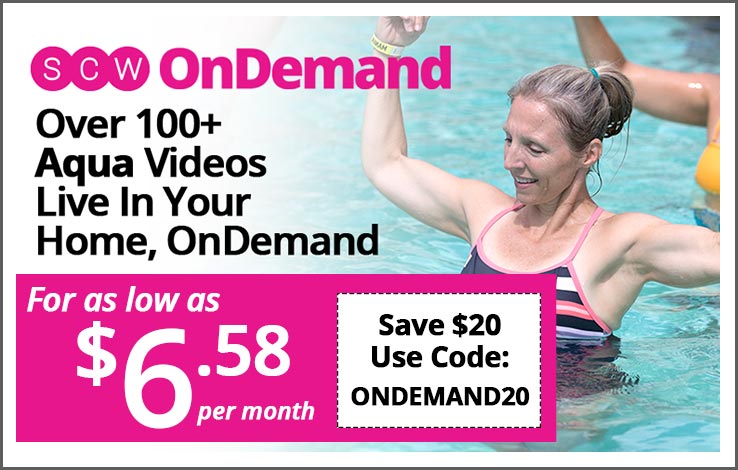
And while still on the subject of meals, one thing you must recognize and take to heart as you work on losing weight is how you need to change your eating habits. While there’s no need to go on fad diets, you do have to do away with stress eating and unnecessary snacking, as well as honor a healthy eating schedule, so you can start dropping pounds.
Equally as important is the food that you actually eat. This doesn’t mean getting rid of everything that you already have. Rather, this simply means choosing to consume healthier food items. No doubt, a surefire way to start doing so is by whipping up recipes that are both delicious and good for you using items in your pantry, such as fresh soups and sandwiches or legume quesadillas, for instance.
Incorporating regular movement is good for you.
Finally, make sure to throw in regular and consistent exercise to the mix. Physical activity is, in fact, an important part of the weight-loss equation. Moreover, it also offers a good number of added benefits, such as improved strength and flexibility, reduced stress, and that much-needed boost to your immune system.
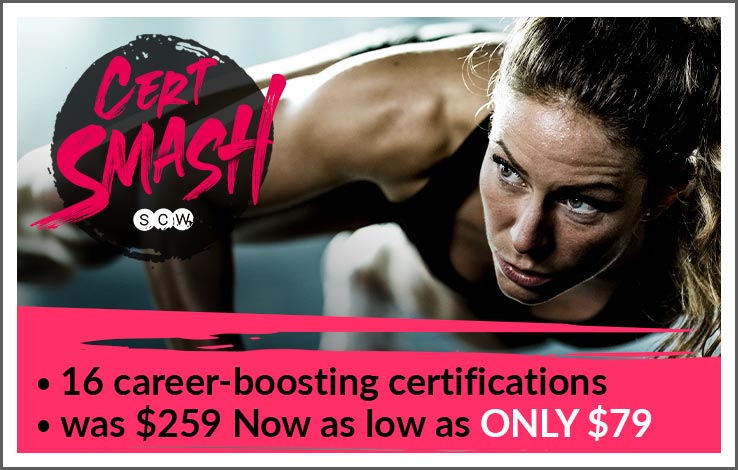
Suffice it to say, regaining control of your weight requires hard work, but there’s no question that it’s necessary in keeping yourself healthy. Ultimately, the health rewards will speak for themselves, and being your fittest and most fabulous self will be no more than a welcome bonus.
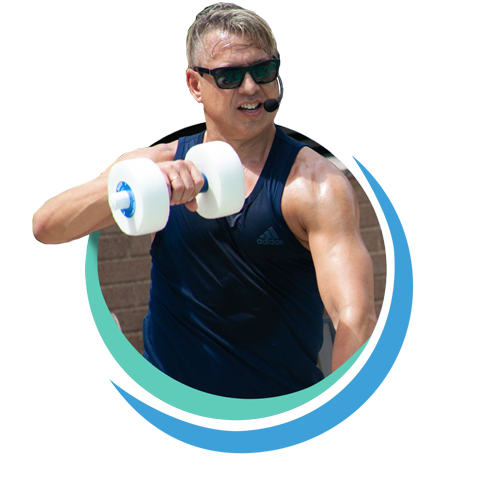
Get Stronger in the Pool
by Robin Taylor
Many gyms around the country and the world have reopened from their COVID-19 closures. The personal training, group exercise and fitness rooms are the first to see members come back. Pools have their lap swimmers again, but aqua classes seem to be the last to resume. With that being said, this is the perfect time to learn some new techniques and upskill your training. Various new formats are being introduced into the aquatic environment.
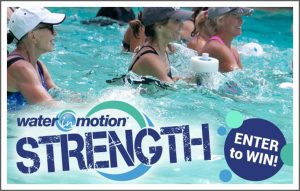
Jeff Howard, a Trainer and Presenter for SCW Fitness Education, created several new workouts with this format, but transitioned them into the pool. Tab-Aqua Quickies and Tab-Aqua Power teach this HIIT format adjusted for the resistance of the water. Pool attendees of all ages and levels will finish these workouts with feelings and emotions of exhaustion and pure satisfaction, knowing they have accomplished an intense workout without the impact on their joints.
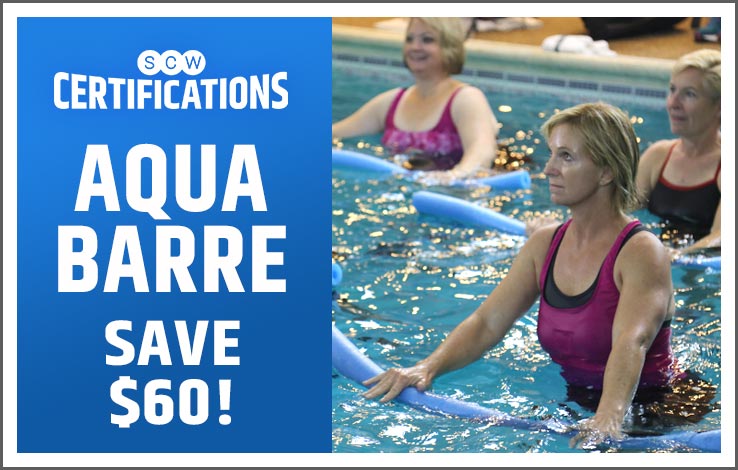
The creators of WATERinMOTION® are excited to announce their newest program, WATERinMOTION® Strength, adding it to the already popular Original and Platinum formats.

The participants, ranging from individuals new to strength training all the way to conditioned athletes, will benefit from this new Strength program. As a high intensity, low impact workout it is comprised of short rounds of intense work to develop and maintain muscular and cardio endurance. Dynamic music mixed with unique choreography create an exciting, challenging, well-balanced exercise program.
Adding such a unique strength training program will attract new populations into the pool drawing in extra income and maximizing their pool’s potential. Aquatic Managers and Pool Owners will be amazed at the changes this revolutionary new program will create in their membership and revenue.
WATERinMOTION® Strength is a one-of-a-kind licensed, pre-choreographed program which provides a low impact, high-energy aquatic workout for all ages, skill and fitness levels. Jump in, grab your aqua dumbbells and make a splash with this dynamic strength exercise program that tightens and tones the entire body.
Copy and paste this link to share video on social media: https://youtu.be/p1UN8OO2U7I
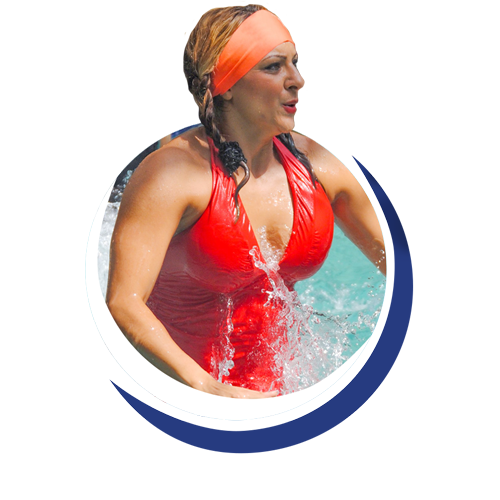
Reaching Your Fitness Goals
by Ann Gilbert
How many times have you attempted to set a goal for yourself, whether personal or fitness? How many times have you succeeded? When it comes to improving our own health, we all set objectives and strive to do our best. Goals are different for everyone, so a series of steps should be taken to reach your target and aim for the bullseye of success.

• Medical History (alterable or unalterable risk factors)
• Personal and Family Demands
• Intensity of Occupation (active or sedentary)
• Physical Fitness Level
• Energy Level
• Availability of Support System
• Diversions
• Previous Weight Management Issues
Determining and understanding your Body Composition numbers will also help attain goals. This measurement compares the percentage of stored fat in your body to the percentage of lean or working tissue. A body composition analysis is commonly completed by using an electric impedance tool. The comparison made in this measurement is one of the best ways to identify any risk factors that come with being overweight or carrying too much excess fat. Once you have established your fat to lean ratio, subtract the percentage of fat from 100. The number remaining is the amount of lean tissue. To decrease your percentage of fat, your lean tissue percentage must increase.
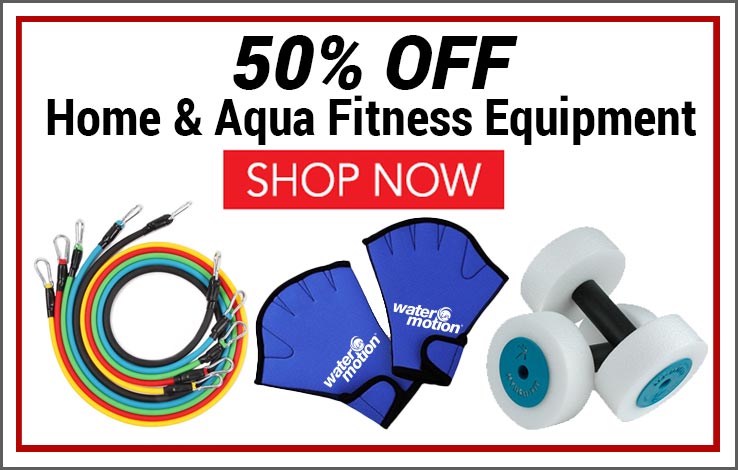
Unfortunately using scale weight to assess body fat composition that is not accurate. Reducing one’s amount of weight does not signify an improvement in one’s personal health status. Decreasing your numbers on a scale merely indicates that you have lost pounds – which could mean a loss of fat and/or a loss of muscle. Losing muscle lowers your personal health status.
Lastly, Body Mass Index (BMI) is a standardized system in which an individual’s height it used to determine an ideal body weight, but unfortunately it is no longer seen as the number one way to assess health status in adults. It does not take any other wellness variables into consideration.
After one has completed a personal health assessment and reviewed their body composition, the next step is to make positive Lifestyle Changes which should include the following items.
· Increase Physical Activity (include a strength training program tailored to your needs)
• Increase in Weekly Cardiovascular Activity
• Improve Nutrition (ADA guidelines)
• Track and Improve BMI, waist to hip ratio, and body composition assessments
• Practice Daily Relaxation and Deep Stretching
• Be Consistent with all Lifestyle Patterns
An important key is to increase your metabolic rate, the speed at which your body changes food into energy. This can be accomplished by increasing lean mass. A lack of lean muscle can lead to a slower metabolism and will increase the time needed to reach your set goal. Strength training can lead to a considerable amount of fat loss without spending time on the treadmill. This method of training provides the foundation to perform daily tasks for people of all ages. The amount of strength an individual possesses at their base level determines their ability to perform athletic movements (more strength=higher ability). The overall result from this training is to burn more calories while in a resting state. The amount of strength also determines work capacity and energy expenditure.
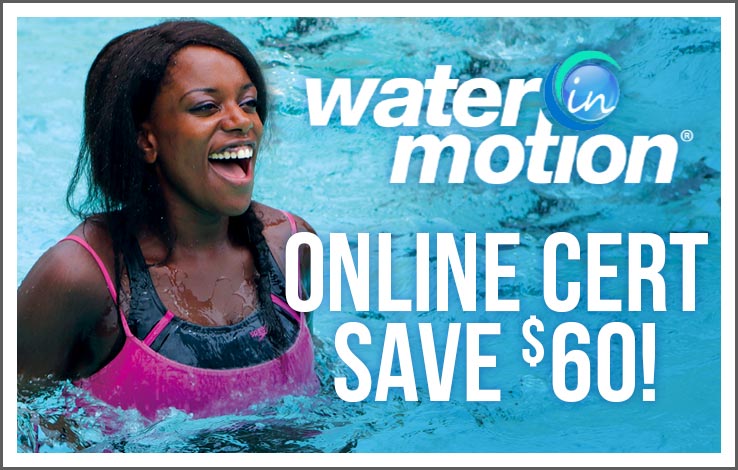
Starting with a push machine and moving to a pull machine creates a simple “round” of exercises and is the perfect way to get started. First, select a weight load that stimulates fatigue in the muscles after 8-12 repetitions. Also, it is important to breathe in a rhythmic pattern and keep your spine in its natural alignment.
The American College of Sports Medicine recommends strength training exercises be performed 3-5 times a week and only 2-3 times per week for older adults. There are definite benefits to adding strength training to you weekly schedule.
• An increase in metabolic rate and caloric expenditure
• An increase in ability to perform daily activities
• Faster fat loss
• Lowering blood pressure and blood lipids
• An enhanced physique, body shape, and more muscle definition
• Higher self-esteem
• An increase in exercise adherence
Although strength training may be the number one way to increase metabolism, one can also make other positive changes including eating small frequent meals, allowing time for rest, and increasing fiber and water intake.
If your need is to lose fat, the next recommendation is to determine your anticipated Weight Loss Goal. It is important to understand how much weight is a healthy amount to lose each month. Experts agree that 1-1.5 pounds of fat loss per week is a safe weight loss goal (or an average of 4-6 pounds a month).
Working out 2x per week w/out a trainer Working out 3x per week w/out a trainer Working out 2x per week alone + 2x per week w/a trainer

faster and more measurable results. It will also provide a positive sense of competition and a more natural progression. With that said, today’s health crisis may challenge the public group environment. At home exercise can also be beneficial due to the boom of live stream workouts. Online streaming services help to provide encouragement, competition and comradery, even if you are exercising by yourself. There are different benefits to both in home and gym exercise, but the main key to find a form of exercise or type of class that you will stick with that is affordable, convenient, exciting and well balanced.
Creating a goal and timeline to reach accomplishment is the hardest part. Best to progress one step at a time. Understanding what your body can do with a health assessment and continuing through a body-fat analysis, one can gain a better comprehension of personal fitness levels. Add in the lifestyle changes and a strength training program for consistent quality of life improvement. Finally, select a fitness program that you are comfortable with. Does it fit into your budget and daily habits? Is it convenient and exciting? The ultimate goal is to create a well-balanced and healthy life.
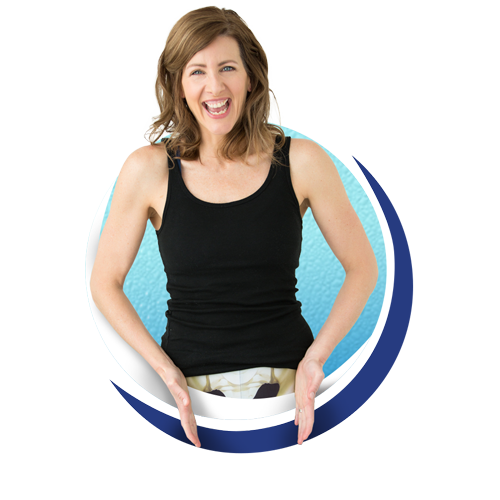
What is “The Core”?
by Kim Vopni
If someone says to you, “stand up tall, shoulders back and pull in your core”, do you know what that means? Do you know what muscles you are using and what those muscles are used for? Let’s take a little journey through the human body and learn exactly how and why we need a strong “core.”

Your core is probably the most impacted part of your body, whether used in daily activities or focused, like during pregnancy, birth and postpartum. Yet, it gets little to no attention. Most people think of that region of the body as being the six-pack and the low back; they are correct, to an extent, but let’s look a little bit deeper than that.
Your core is made up of a number of muscles that work together to support the spine and pelvis. If you break the area down further, you see what’s known as the inner core, or what I like to call “The Core Four.” It is made up of, you guessed it, four key players: the breathing diaphragm, the transversus abdominus, the multifidus and the pelvic floor.
This team of muscles is designed to work together in anticipation of your every move. They should predict and prepare you for the task at hand before you even move!
The movement of the core is directly tied to the breath, which is directly tied to posture and alignment. If your alignment is off or you are standing/sitting with poor posture, the breath is not optimized, and the function of your core is hindered.
Pregnancy and childbirth greatly affect your posture and alignment, and therefore your breathing and core function. Doing preventive exercise during pregnancy is important to help minimize these effects and keep your core strong and functional and can also help restore the core postpartum.
Preventive exercises can also be useful for other activities of daily living. Every day we get out of bed (some slower than others), stand up, walk around and sit (too much). Some of us do some form of exercise, whether it is household chores, walking the dog or actually working out. If we could perform movements to help prepare and strengthen the core, our daily routine would be a lot easier and hopefully a lot less uncomfortable.
Let’s look a bit more closely at the Core 4 so you gain a deeper understanding of how it works, how it supports you and your body and how YOU can support it!
The Diaphragm
The diaphragm is a sheet of skeletal muscle that separates the heart, lungs and ribs (the thoracic cavity) from the abdominal cavity.
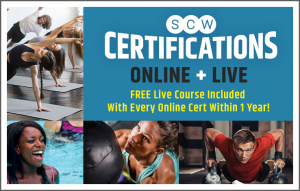
As you exhale, the fibers of the diaphragm eccentrically contract (lengthen) as it rises back to its resting state, emptying the air from the cylinder. In a well-functioning core, the pelvic floor will contract and lengthen along with the diaphragm during each inhalation and exhalation.
The Transversus (and Other Abdominals)
The deepest abdominal layer is the transversus abdominus which runs around you like a corset. It plays an important role in stabilizing the low back and pelvis before movement – yes, before!
It is a key muscle used for pushing during childbirth and is also one of the sources to healing diastasis recti. A good point to remember is that the transversus abdominus co-contracts with the pelvic floor in an ideal functioning core; that means that the pelvic floor is important in healing the abdominal wall too!
The Pelvic Floor
Your pelvic floor is a group of muscles (three layers) that run from the pubic bone to the tailbone, as well as the sitz bones.
The pelvic floor is a highly vascular, as well as a highly innervated, part of the body. The nerves, muscles and connective tissue work together to help keep you continent, to provide support to the internal organs (the bladder, the uterus and the rectum), to stabilize the spine and pelvis, and to contribute to your sexual satisfaction. It also plays a major role in childbirth.
Because it is not visible, the pelvic floor is rarely thought about until there is a problem. Problems will often show up during pregnancy, after childbirth and as we age. A few issues include incontinence, pelvic pain, organ prolapse, sexual challenges, back pain and/or hip pain.

The pelvic floor is a key part of the inner core – that’s right – it is part of the core! Who knew?! The pelvic floor is the foundation of your core and deserves a lot more attention than it gets!
The Multifidus
The multifidus muscles are a group of short spinal muscles located on both sides of your spine, that run from your tailbone, or sacrum, all the way to your neck. They function to support and protect your spine.
A weakness in this muscle group contributes to chronic, dull, low back pain. In turn, pain can inhibit these muscles from functioning, so they become weak, creating a vicious pain-weakness cycle.
The multifidi are often overlooked in strengthening programs, which can result in the muscles needing to work extra hard to avoid back injury, and to compensate for weak abdominals.
Training the Core
The Core Breath is always my starting point in terms of training the core – it works all of the parts of the inner core and establishes or re-establishes the synergy you are looking for in your foundation.
Once you have mastered the core breath, you then add it into movement so you can work the core as it should be worked – with movement.
The bridge exercise, seated marching on a stability ball, squats and lunges are all exercises that can be done with the core breath. These exercises are great, functional ways to get the inner unit firing and working together as a team!
Kegels are a Core Exercise
The core breath is essentially a Kegel coordinated with the breath and then added to movement. You want to know the best core exercise? Kegels (or the core breath…whatever you want to call it). You can turn almost any exercise into a super core exercise by adding Kegels to the movement. Bicep curls? They can be a core exercise. Inhale to prepare, exhale, Kegel, then curl. Inhale as you uncurl. Squats? They can be a core exercise. Inhale as you lower down into the squat then exhale, Kegel and rise back up.
Now, if someone says to you, “stand up tall, shoulders back and pull in your core” do you now know what to do? Hopefully you learned the “Core” is more than just a six-pack and low back muscles. Using the Inner Core, Diaphragm, Transversus Abdominus, Pelvic Floor, Multifidus, Core Breath and Kegel together can help with daily activities and life changing activities as well. The Vagina Coach offers a 28 Day Kegel Challenge which is all about firing up the core through Kegels and movement. Join in the fun! An overwhelming number of women report a reduction or elimination of symptoms (like pressure and leaking and back pain) by day 14! For more information about pelvic health, visit Kim’s website, and do yourself and your body a favor. The original article, “What is the Core”, can be found in her blog.
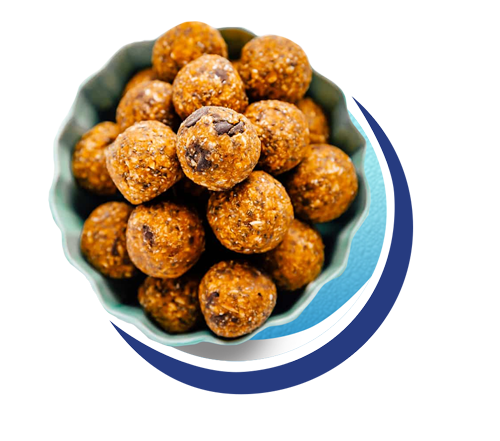
Cranberry Pumpkin Energy Balls
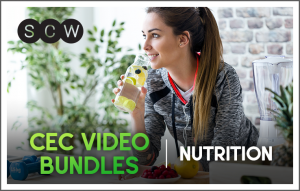
Prepping to Fuel Busy Lifestyles
It’s a common misconception that eating well to fuel our busy lifestyles has to be time-consuming, expensive and tasteless. This is not the case! A little prep is required, but in the end, it’s delicious and inexpensive.
Snack on 3 of these pumpkin energy balls between classes to carry yourself from a simple breakfast (oats w/ frozen blueberries, a banana, and nut butter) to lunch. The energy balls require only a bowl and mixing spoon to make, and that breakfast could have been made in the microwave.
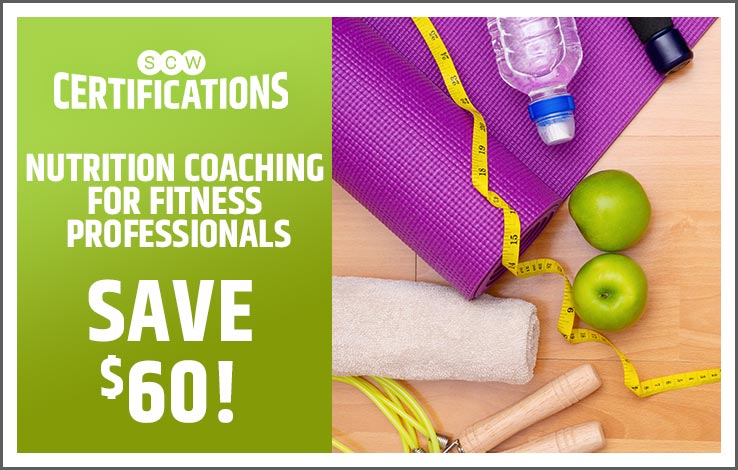
• 1/2 cup pureed pumpkin
• 1/2 cup + 2 tbsp sunflower seed butter (or other natural sunflower butter)
• 2 tbsp bulk flax seed, ground
• 1 1/2 cup bulk quick cook oats
• 1/4 cup vegan vanilla protein powder
• 1/2 tsp salt
• 1 tbsp pumpkin pie spice
• 1/2 cup bulk raw pepitas (pumpkin seeds)
• 1/3 cup + 1 tbsp bulk dried cranberries
INSTRUCTIONS
Add pumpkin, seed butter, honey, and flax to a medium mixing bowl and stir well.
In another bowl, mix the oats, protein powder, spices and salt.
Incorporate the wet into the dry completely.
Add the pumpkin seeds and dried cranberries, mix well, and store in the refrigerator at least 30 minutes.
Form the mixture into balls slightly smaller than golf ball size.
Serve right away or store in an airtight container in the refrigerator, up to one week. Can be frozen up to 6 months.
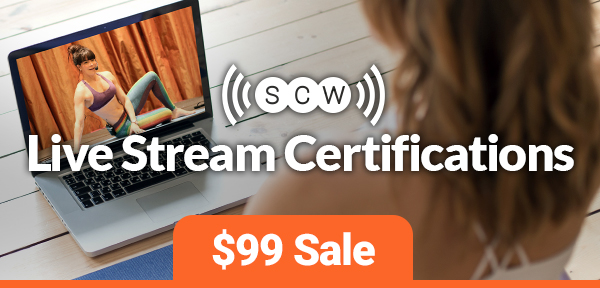
SCW Live Streaming Certifications $100 OFF
(
Choose Your Cert Here
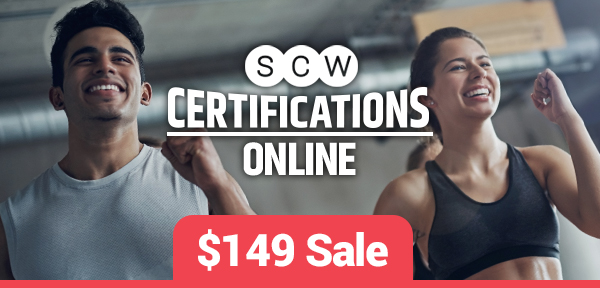
SCW Online Certifications $50 OFF
Choose Cert & Use Code: CERT50

$50 OFF 20 CEC Video Course Bundles
Choose Bundle & Use Code: VIRTUAL50

Online CEC Courses $10 OFF
(
Choose Courses & Use Code: CEC10
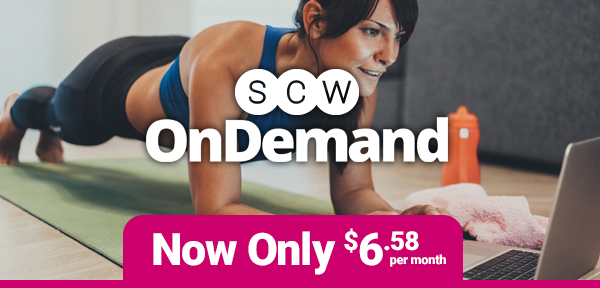
Save $20 SCW OnDemand
Subscribe & Use Code: ONDEMAND20
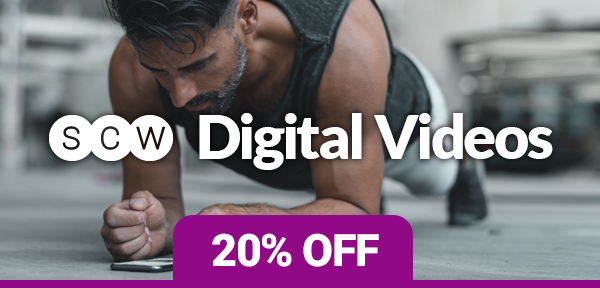
20% OFF SCW Digital Videos
Choose Videos & Use Code: VIDEO20
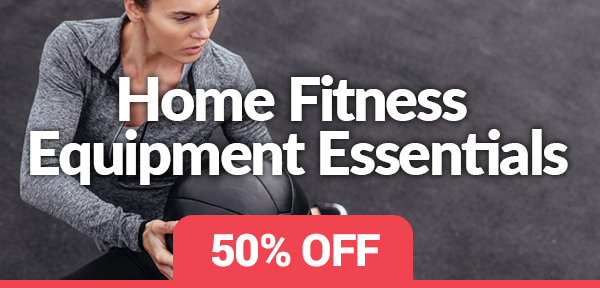
50% OFF Home Equipment Must-Haves
Shop the 50% Sale Here

FREE Upcoming Webinars From SCW
Register FREE Here
